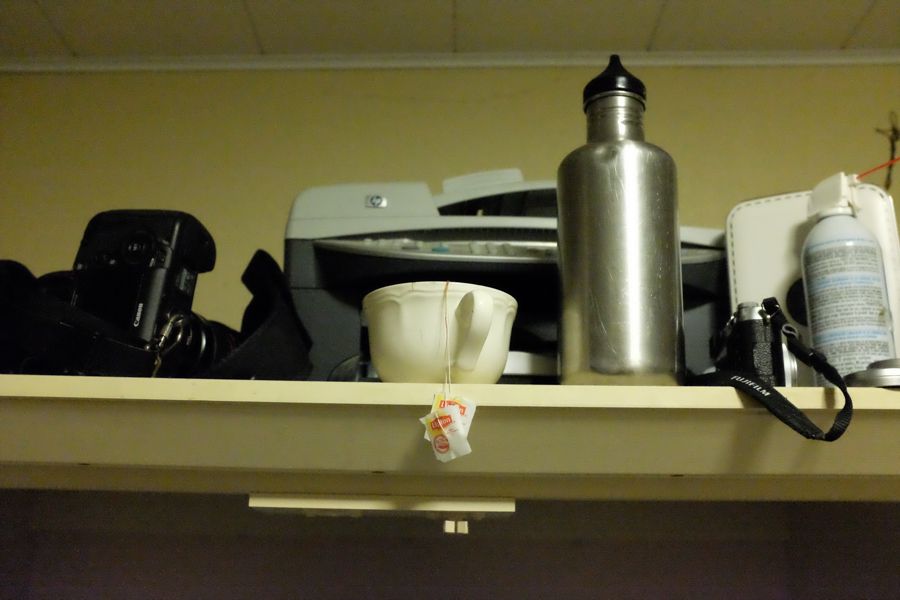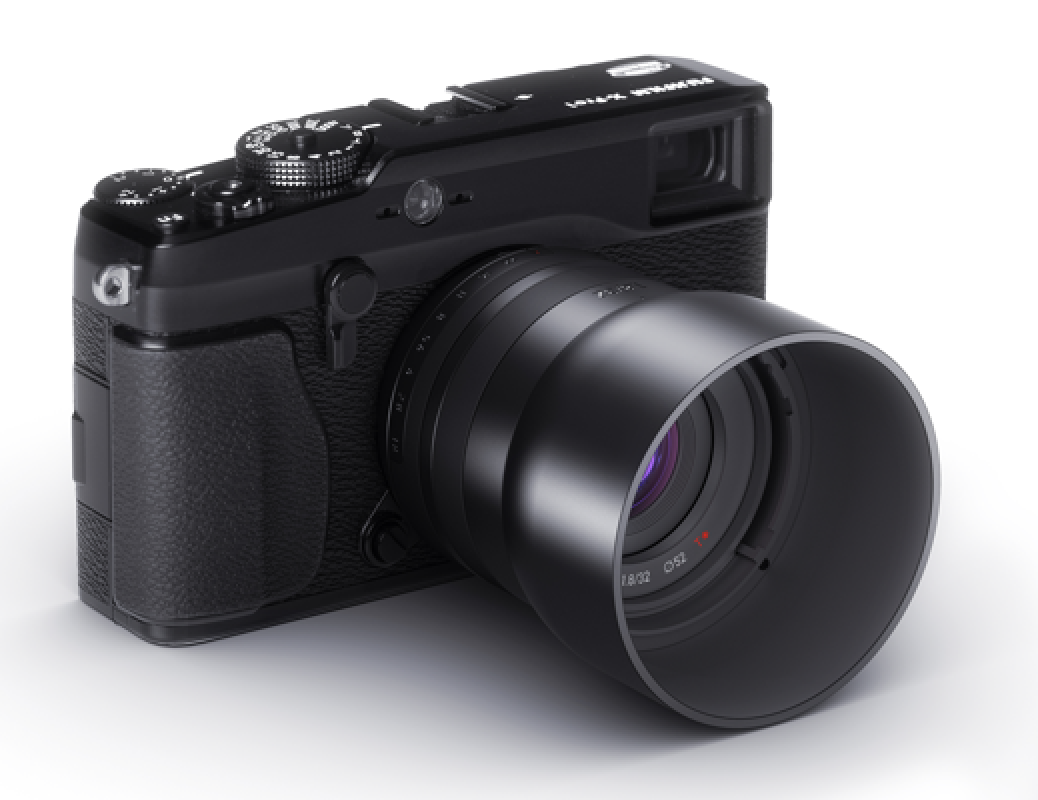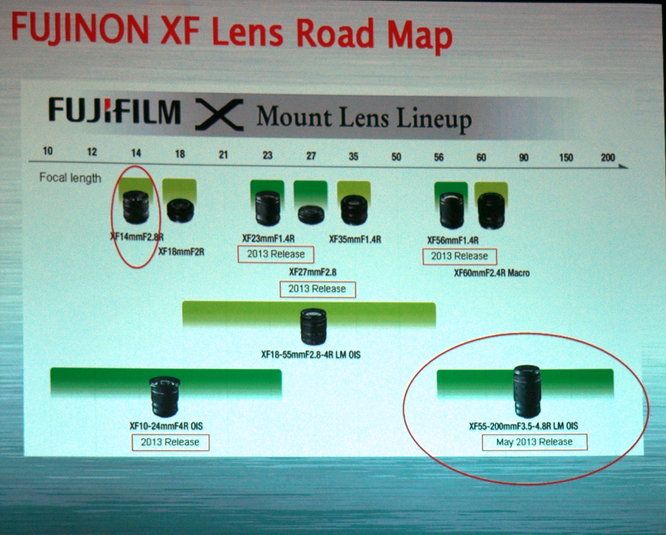Technology of the Year: Fujifilm’s X-Trans Sensor (Imaging resource)
[The X20 arrived at Rico‘s home! See his first samples on Flickr here.]
“For our inaugural Camera of the Year Awards, we came up with seven categories we felt spanned most of the great cameras we were privileged to test and review in 2012.” And here are the “The Magnificent Seven“. Let’s begin with point 7, technology of the year:
7) Technology of the Year: Fujifilm’s X-Trans Sensor:
” […] Because the X-Trans pattern includes red and blue pixels in every horizontal line of the array — whereas Bayer-filtered cameras display these two colors only in alternating rows — it can produce more consistently accurate colors and color boundaries. The net result is a real step forward in image resolution and crispness, as well as a more “filmic” look to its image noise pattern. […] With their X-Trans technology, though, they appear to have finally delivered something truly special. In testing the X-Pro1, we found exceptionally sharp images, with clean detail and very few artifacts — and the X-Pro1’s image sharpness was realistic, not oversharpened and rife with halos like we often see in JPEGs from even top DSLRs. […] Everyone talks about the importance of out-of-the-box thinking, but few are willing to endure the struggle that’s needed to bring something truly radical to market. Fujifilm stuck it out, and we’re happy to see them finally enjoying the fruits of their long years of effort and innovation in sensor technology.” Read the whole text here.
X-Trans is probably one of the reasons why Thomson Reuter named Fujifilm to the world’s Top 100 Global Innovators (2012). From the Fujifilm press release: “With this award, Thomson Reuters recognizes the world’s top 100 companies that strive to protect inventions via intellectual property rights and lead the world with innovative discoveries and initiatives, based on the concept of regarding patent activity and other intellectual properties as an indicator of technological innovations and future trends.“
… and here are the other imaging resource winners:
1) Overall Camera of the Year: Sony RX1 (BHphoto / Adorama / [shoplink 8518]your Amazon[/shoplink] / [shoplink 8518 ebay]ebay)[/shoplink]
2) Compact System Camera of the Year: Olympus OM-D E-M5 (BHphoto / Adorama / [shoplink 8520]your Amazon[/shoplink] / [shoplink 8520 ebay]ebay)[/shoplink]
Not the winner, but close enough, the X-PRO1. Imaging resource says: “Quality prime lenses and a tack-sharp sensor come together with a unique hybrid optical viewfinder to form the Fujfilm X-Pro1, a digital camera built exclusively for enthusiast photographers. The X-Pro1 really hits the nail on the head, driving deep into high-ISO territory with tack-sharp images. Its controls and feature set are also ideal for the target market, and its available lenses are reasonably priced, small, well-made, and light weight. We found it to be a terrific photographic tool, easy to control, and a joy to use.”
3) Enthusiast DSLR of the Year: Canon 5D Mark III (BHphoto / Adorama / [shoplink 7748]your Amazon[/shoplink] / [shoplink 7748 ebay]ebay)[/shoplink]
4) Pro Camera of the Year: Canon 1D X (BHphoto / Adorama / [shoplink 8522]your Amazon[/shoplink] / [shoplink 8522 ebay]ebay)[/shoplink]
5) Pocket Camera of the Year: Sony RX100 (BHphoto / Adorama / [shoplink 8524]your Amazon[/shoplink] / [shoplink 8524 ebay]ebay)[/shoplink]… let’s see if the X20 can endanger the RX100 next year edition of the imaging resource award.
6) Entry-Level Interchangeable Lens Camera of the Year: Nikon D3200 (BHphoto / Adorama / [shoplink 8527]your Amazon[/shoplink] / [shoplink 8527 ebay]ebay)[/shoplink]
Here is a list of all Fuji X-series cameras with X-Trans sensor
Check in Stock info and price at
Fuji X-E1: [shopcountry 8614]
Fuji X-PRO1: [shopcountry 8616]
Fuji X100s: [shopcountry 8618]
Fuji X20: [shopcountry 8620]
X100s: AmazonUS / BHphoto / Adorama / AmazonDE / AmazonUK
X20: AmazonUS (black – silver) / BHphoto (black – silver) / Adorama (black – silver) / AmazonUK (black – silver) / ebayITA / / AmazonDE / AmazonITA /






